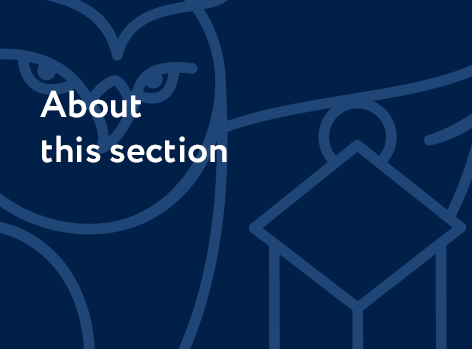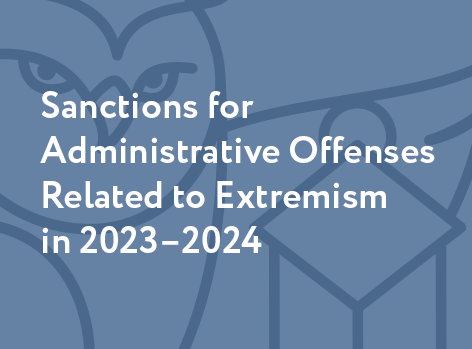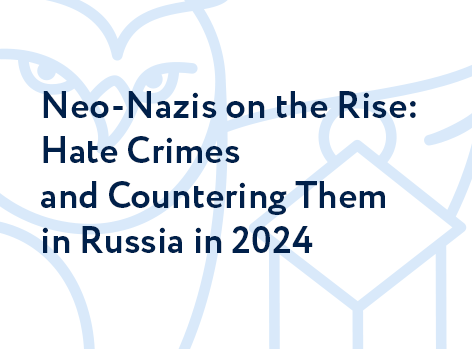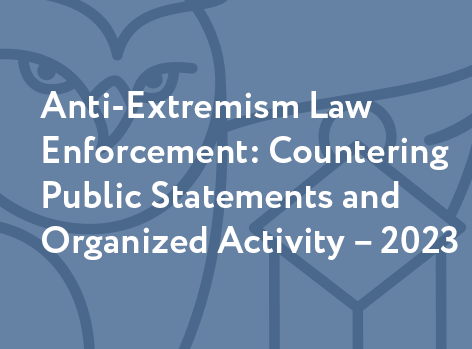Winter and spring of the years 2018 and 2019 gave nationalist political groups reasons for optimism, as the decriminalization of Article 282 resulted in the release from imprisonment of some well-known ultra-right personalities. Nonetheless this political segment stays fragmented, and their public activities are inconsistent and unobtrusive.
Trying to overcome isolation, various ultra-right groups are continuing attempts to establish contact with other opposition groups with varying success, thereby forgoing their traditional agenda which cannot be shared by their partners.
The participation of nationalists in liberal meetings and demonstrations already became commonplace. However, in an event, gathering thousands of people, the ultra-right can only manage to rally few dozens of activists, attracting little attention against the general background and therefore not receiving the desired dividends. The novelty of the season, that is the union of several nationalists and leftist movements can be called more successful, reminding us of the forgotten 90’s cliché of the “red-brown” force. In the framework of the new collaboration some more or less “mass” actions were held. There the imperial flags were rather noticeable against the background of red symbolism, even though the latter were visibly dominant. As in the case of the collaboration with the liberals, the ideological discrepancies in this union raise doubts about its stability and ability to expand. Also, the clear predominance of the leftists in past actions speaks of the distribution of power not being in favour of the nationalists, although it is not as evident here, as it was in the case of the liberals.
Parallel to
this process a trend of the ultra-right returning to their traditional
conservative and anti-immigration agenda has emerged, which, incidentally,
almost didn’t show in their public activities during winter and spring. The
largest action of the past spring, which the nationalists held under the xenophobic
slogan “Russian May Day”, turned out to be another failure, and the
nationalists did not hold other similar meetings and
actions. Just like in the recent years, a significant proportion of their
independent activities was made up of small actions either for the support of
prisoners or those concerning social questions or other agenda in accordance
with the general opposition. The nationalists also continued to engage their
activists in various trainings, subbotniks (weekend clean-ups), lectures, conferences and so on, in order to
fill the intervals in between the political actions.
The full version is available here in Russian.




